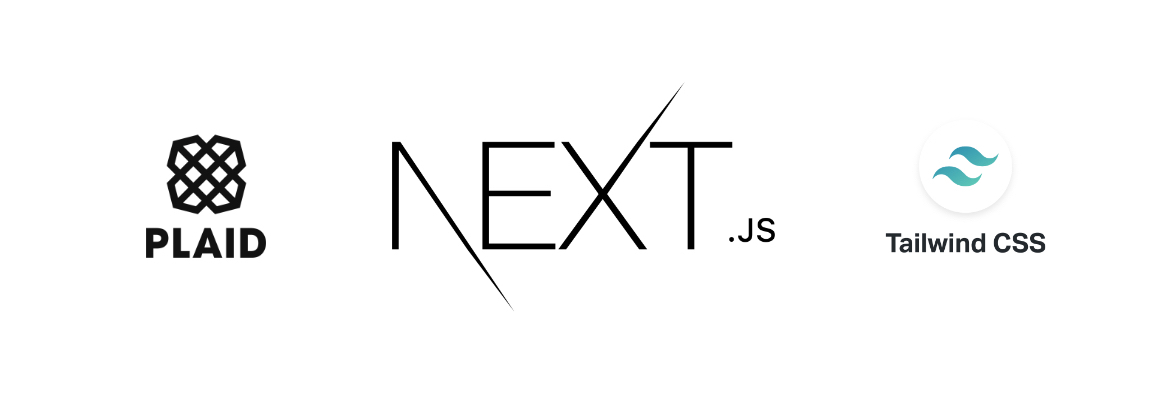A boilerplate to quickly get a project running with Plaid using Next.js and TailwindCSS.
✔️ Express.js ✔️ Serverless ready ✔️ API Routes ✔️ Middleware
Go ahead and run npm install in the root folder. You'll also want to add a .env file based on the existing .env.example file.
You must define PLAID_CLIENT_ID, PLAID_PUBLIC_KEY, and PLAID_SECRET_SANDBOX in order to get started with Plaid's sandbox API.
This project is built to use the sandbox, but you can change to development when ready. At that time, make sure to define PLAID_SECRET, which is a separate secret token Plaid gives you for the development API.
next.jsreactexpressdotenvplaidreact-plaid-linkaxios
To reiterate on the paragraph above, the following are the required environment variables for this project:
process.env.BASE_URL- Needed forgenerate-sitemap.jsto do its job. Also useful in general for concatenating your URL anywhere in the app.process.env.PLAID_CLIENT_ID- The ClientID provided by Plaid's APIprocess.env.PLAID_PUBLIC_KEY- The Public Key provided by Plaid's APIprocess.env.PLAID_SECRET- The Secret provided by Plaid's development APIprocess.env.PLAID_SECRET_SANDBOX- The Secret provided by Plaid's sandbox API
Start the development server by running npm run dev. The project supports using .env. Get started by creating a .env file with the above variables (as mentioned previously).
Styles (CSS): This project contains styles from TailwindCSS. Some custom default styles have been implemented, which can be edited in styles/tailwind.css and in tailwind.config.js.
I include my own MongoDB, Cloudinary, SendGrid environment variables in .env.example for experimentation purposes. Please replace them with your owns and refrain from sabotaging them. You can try them in development by renaming it into .env.
In production, it is recommended to set the environment variables using the options provided by your cloud/hosting providers. Do not use or commit .env.
